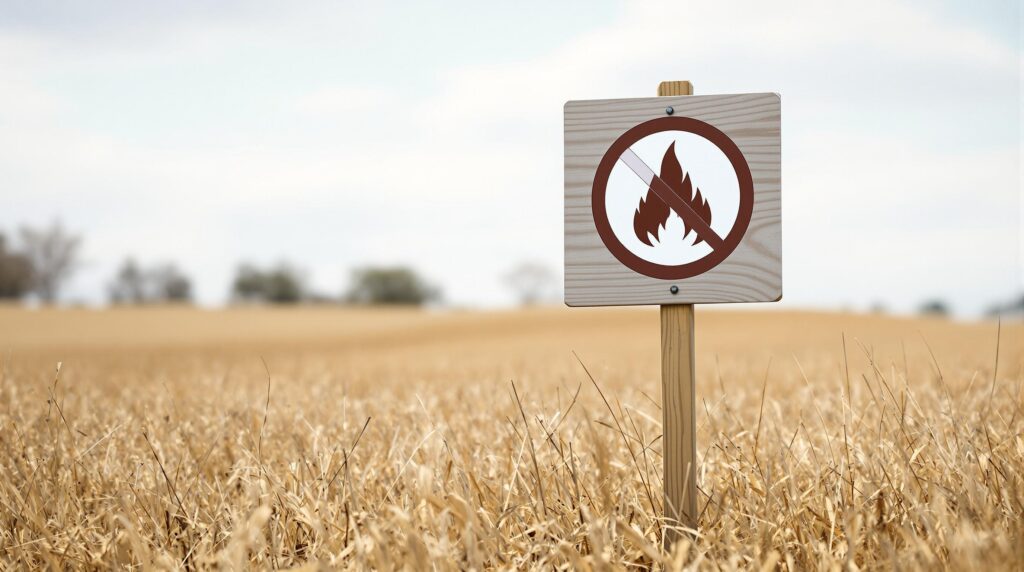Local authorities have enacted a prohibition on open burning, including campfires, in areas under the North Dakota Game and Fish Department south of Bismarck-Mandan along both sides of the Missouri River’s Lake Oahe region. This measure took effect March 20 and remains in place until further notice per NDGFD.
Officials specifically identified the Oahe Wildlife Management Area as an area of concern, citing mild temperatures before greenup, abundant dry vegetation in wooded river bottoms, and heavy recreational usage near the Missouri River as key risk factors.
Because of these conditions, any open flame can quickly ignite surrounding brush, prompting the department to remove potential sources of ignition. The ban aims to protect both visitors and local natural resources against uncontrolled fires.
The department’s guidelines do not automatically exempt propane devices, and visitors are urged to exercise caution with portable grills, which are still permitted under strict vigilance. Authorities warn that even small sparks can spread rapidly among fallen leaves or dry undergrowth.
Announcement materials indicate that sign postings at entrances and near campsites will help inform the public about the no-burn status. Additional awareness efforts may include digital updates to ensure that visitors understand the restrictions and the precautions required.
Campground managers and RV park owners in the region can benefit from establishing clear communication strategies for arriving guests, reflecting a broader need for real-time notifications with changing fire-risk levels.
Offering alternative activities is another possibility for outdoor destinations seeking to maintain traveler satisfaction. By presenting nature walks, river excursions, or wildlife-watching opportunities, officials can align the visitor experience more closely with the area’s scenic appeal.
Integrating text alerts or email announcements into reservation processes enables travelers to stay informed about fire status as well as permissible cooking methods. These proactive steps help fill potential information gaps that might otherwise lead to confusion.
On-site safety measures include posting clear guidelines at trailheads and common areas. Well-placed signage reminding visitors of the open-burning prohibition plays a vital role in reducing accidental ignitions.
Training staff to monitor designated cooking spots or shared amenities can also reduce risks. Such vigilance reinforces the overall intention behind the restriction: preventing unintentional sparks and protecting the region’s wooded zones.
The North Dakota Game and Fish Department plans to evaluate conditions as the season progresses. For now, the prohibition stands indefinitely and may adapt depending on overall fire concerns in the wildlife management area.
Such a ban can affect travel plans, yet officials maintain that keeping visitors safe remains the top priority. With mindful practices and cooperation among outdoor users, the area’s recreational value can persist alongside necessary fire prevention measures.








